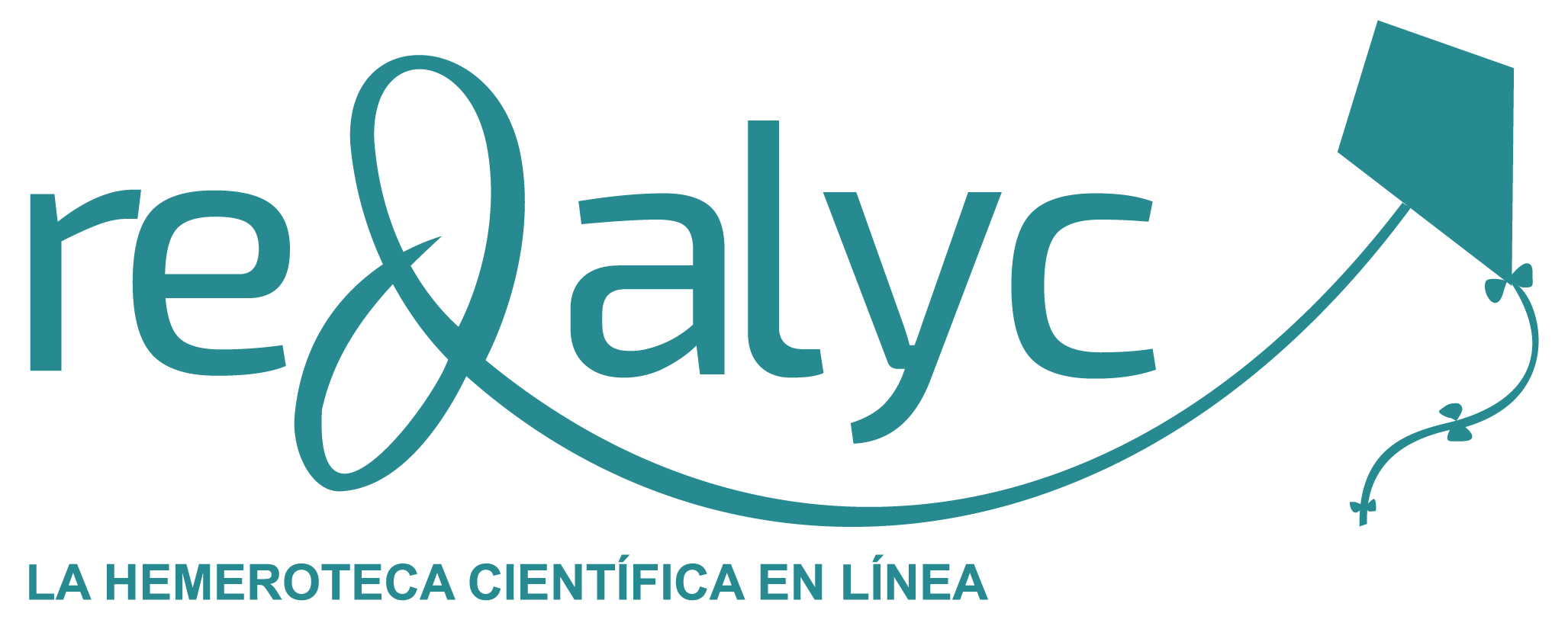The objective of the work reported in this paper was to evaluate the productivity and nutritional quality of ten sorghum cultivars in the northeastern region of Argentina, with and without the application of basic fertilizers. The types studied were the following: fodder sorghum, dual-purpose, biomass sorghum (silage sorghum), sudan grass (Sorghum × drummondii (Steud.) Millsp. & Chase) and multipurpose sorghum. A split-plot design was carried out considering these factors: cultivar, fertilization and the interaction of both. The evaluated cultivars presented differences in productivity and quality. Two dual-purpose cultivars, one silage and one multipurpose, showed the highest potential for green and dry matter accumulation. However, the last two presented a lower energy contribution, mainly due to their large proportion of acid detergent fiber (ADF). The application of basic phosphorus and nitrogen fertilizer was favorable for the development of the crop, observing differences in yield up to 5,000 kg ha-1 of dry matter in the means of the treatments. Among all the fodder sorghum cultivars studied, the fertilized BMR (Brown Middle Rib) 500 Peman cultivar presented the highest digestibility values, although it showed the lowest yield. Finally, it should be point out that, to select a genotype in a specific productive approach, all the productive and nutritional quality variables must be analyzed together.
Keywords: yield, digestibility, fertilization.
RESUMEN
El objetivo del presente trabajo fue evaluar la productividad y la calidad nutricional de diez cultivares de sorgo en la región nordeste argentino, con y sin aplicación de fertilización de base. Se analizaron diez cultivares de tipo forrajeros, doble propósito, sileros, sudan grass y multipropósito. Se realizó un diseño de parcelas divididas considerando los siguientes factores: cultivar, fertilización y la interacción de ambos. Los cultivares evaluados presentaron diferencias de productividad y de calidad. Dos cultivares doble propósito, uno silero y uno multipropósito mostraron el mayor potencial de acumulación de materia verde y seca. No obstante, los dos últimos presentaron un menor aporte energético debido, principalmente, a su gran proporción de FDA. La aplicación de fertilizante de base de fósforo y nitrógeno fue favorable para el desarrollo del cultivo, ya que se observaron diferencias en rendimiento de hasta 5.000 kg ha-1 de materia seca en las medias de los tratamientos. El cultivar BMR (Brown Middle Red) 500 Peman fertilizado presentó los mejores valores de digestibilidad, aunque mostró la cuantía más baja de rendimiento. Para seleccionar un genotipo en un planteo productivo específico todas las variables de productividad y calidad nutricional deberían ser analizadas en conjunto.
Palabras clave: rendimiento, digestibilidad, fertilización.
Contact: Loizaga, U.D. loizaga.ulises@inta.gob.ar
https://doi.org/10.58149/mnkd-rd06
RIA 51 N.º 1 April 2025 | RIA publishes under a Creative Commons Atribución-No Comercial 4.0 Internacional (CC BY-NC 4.0) license











